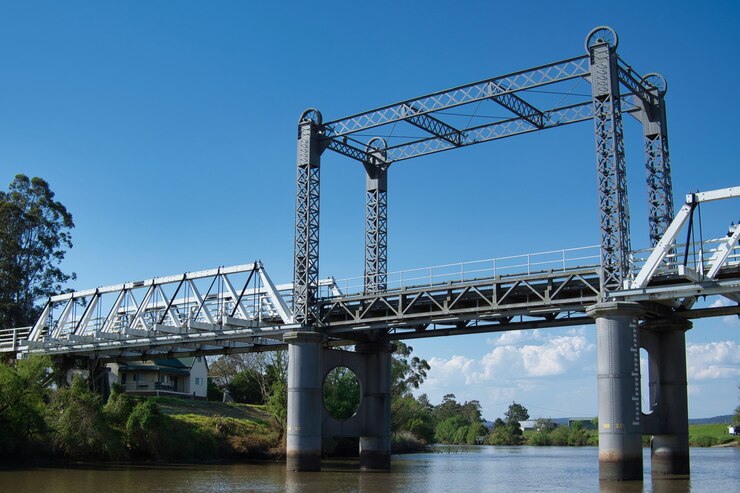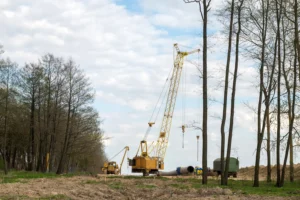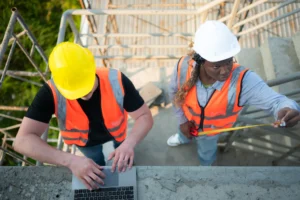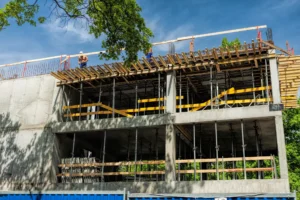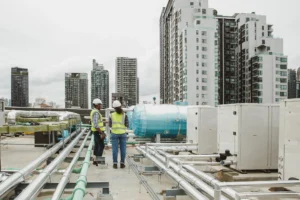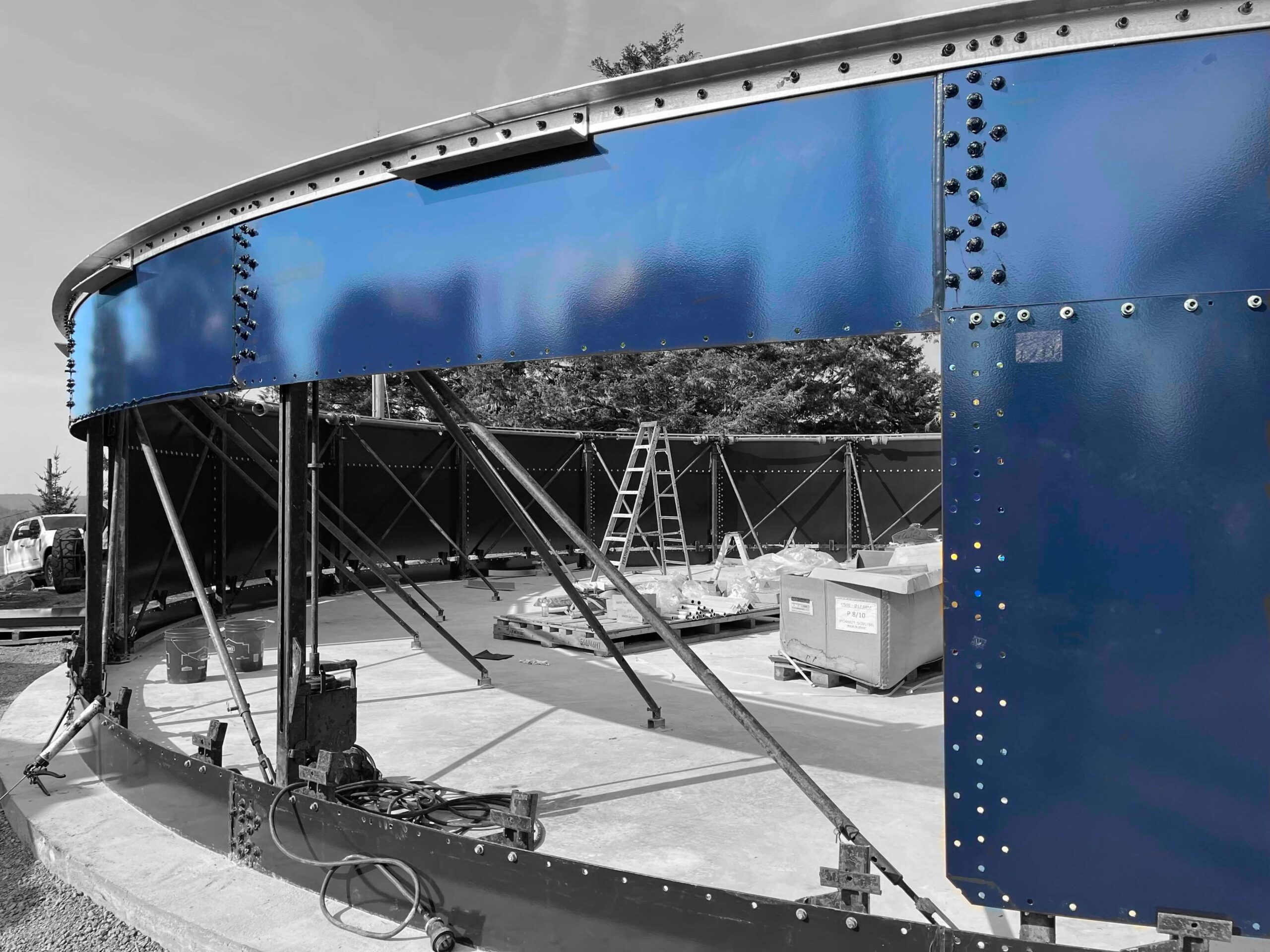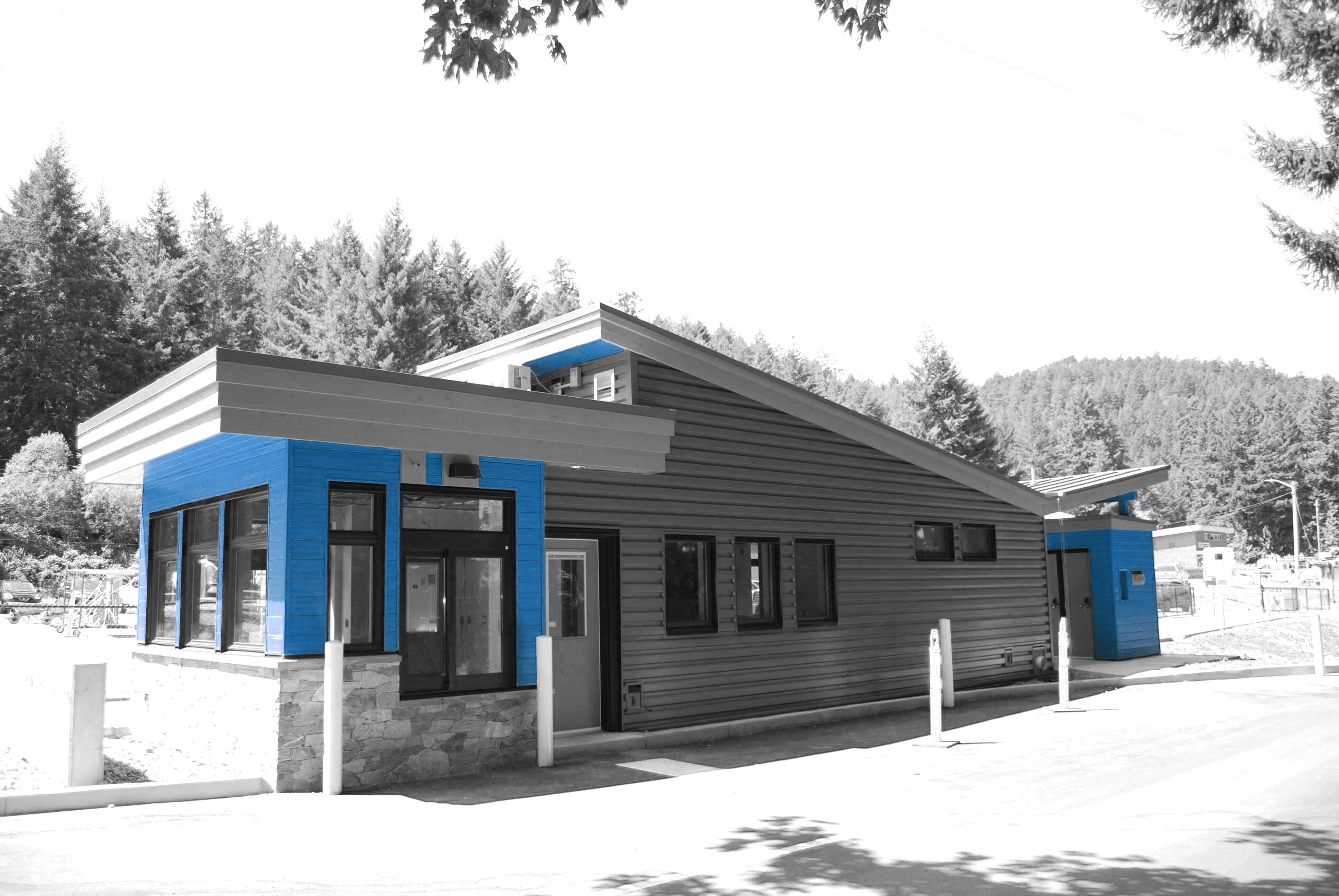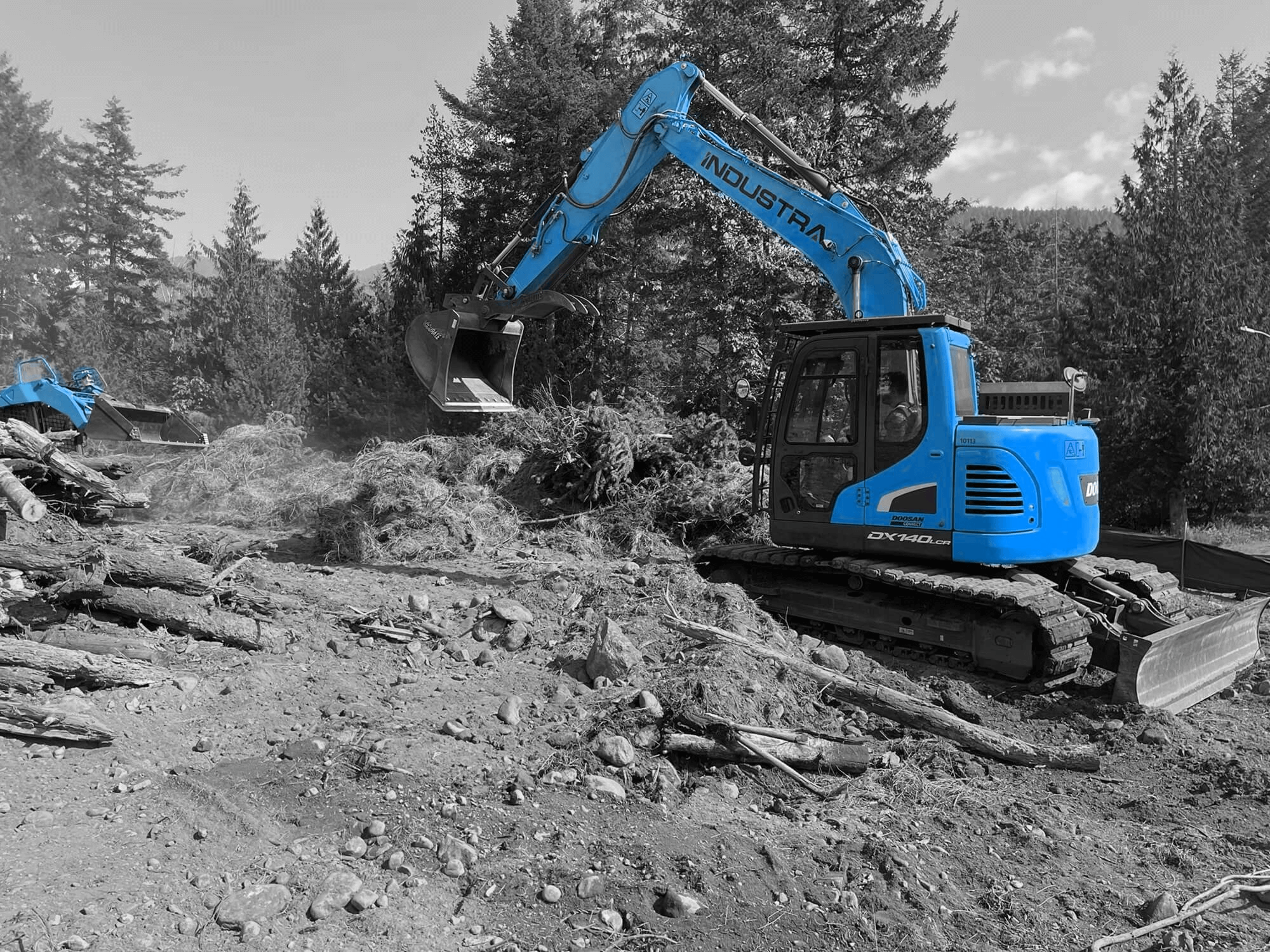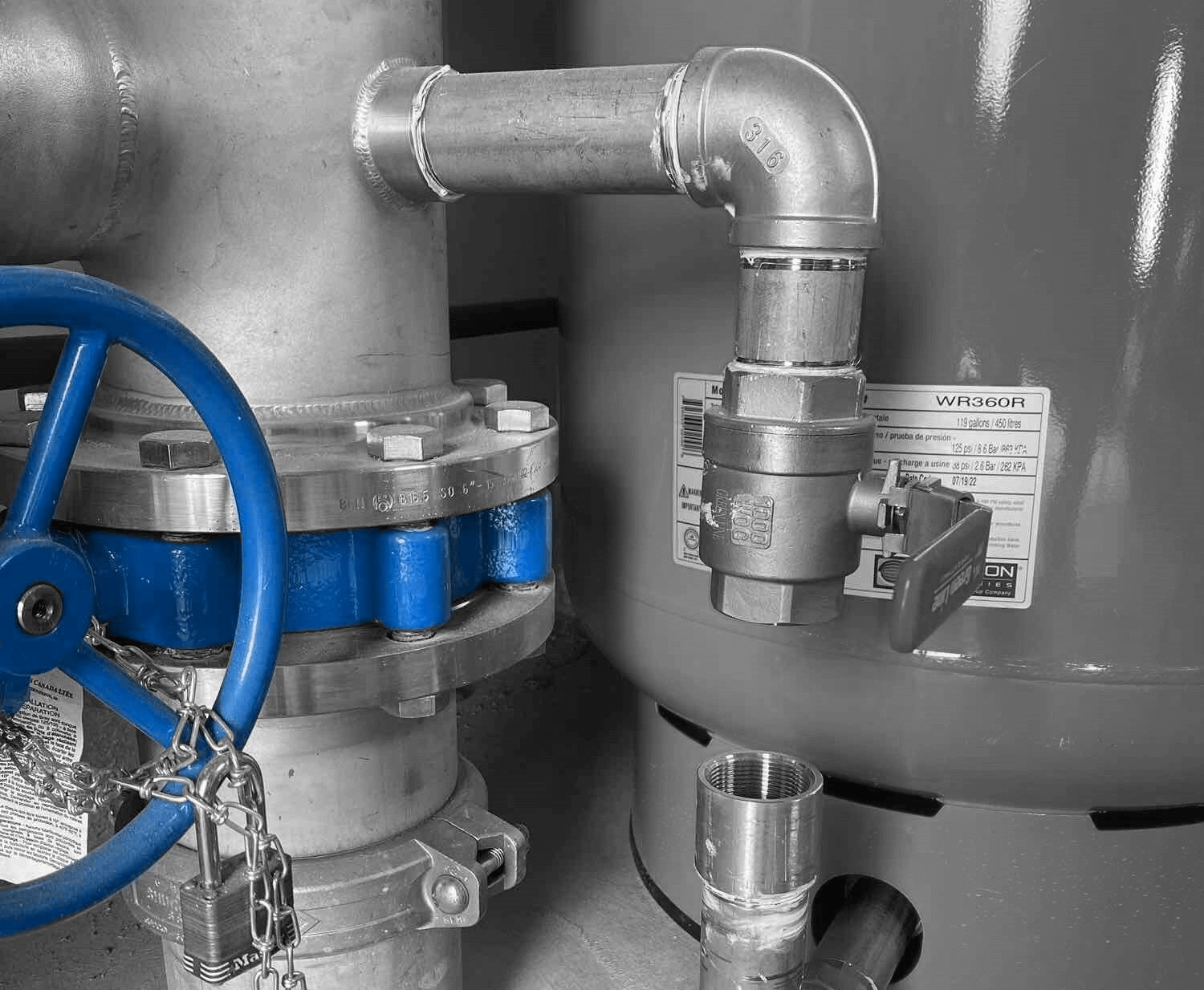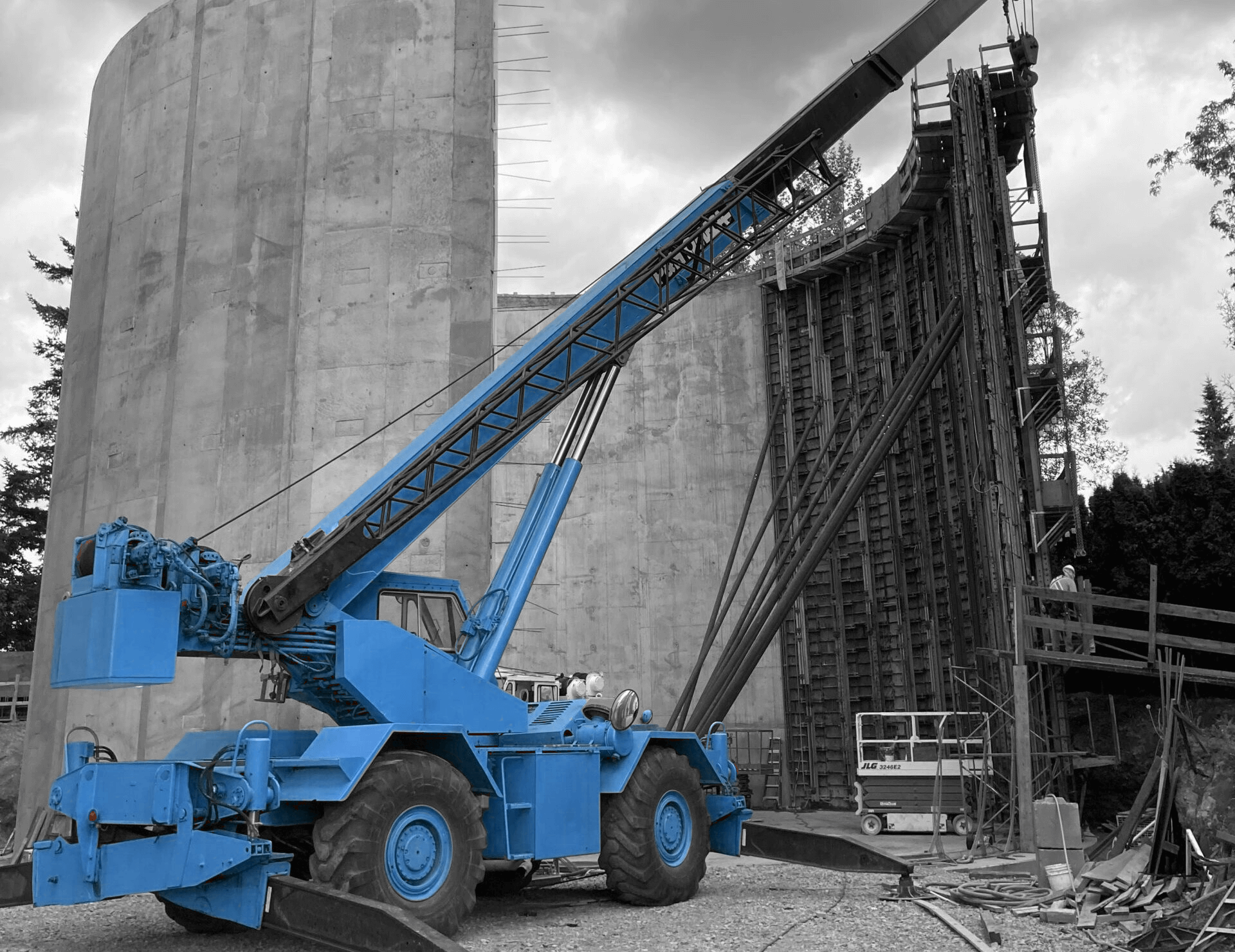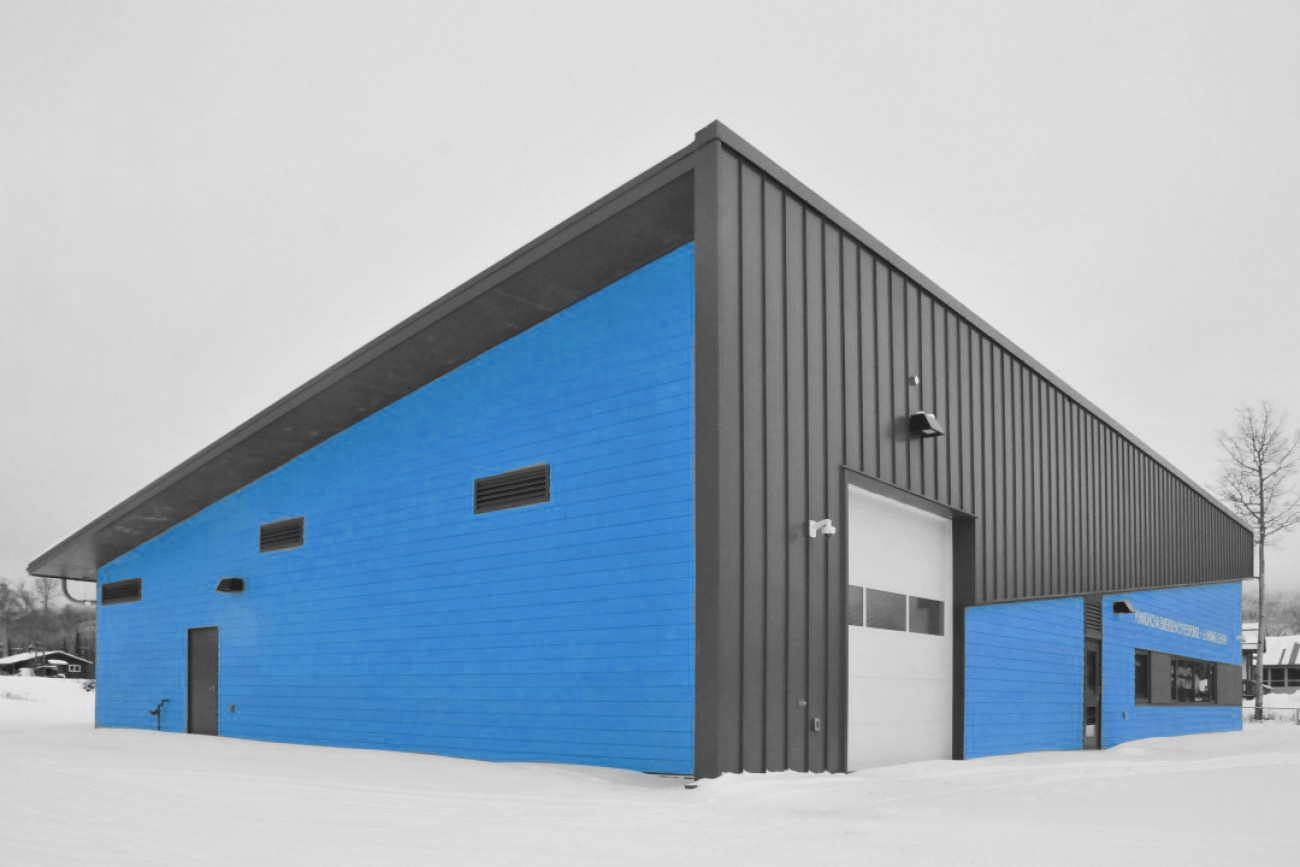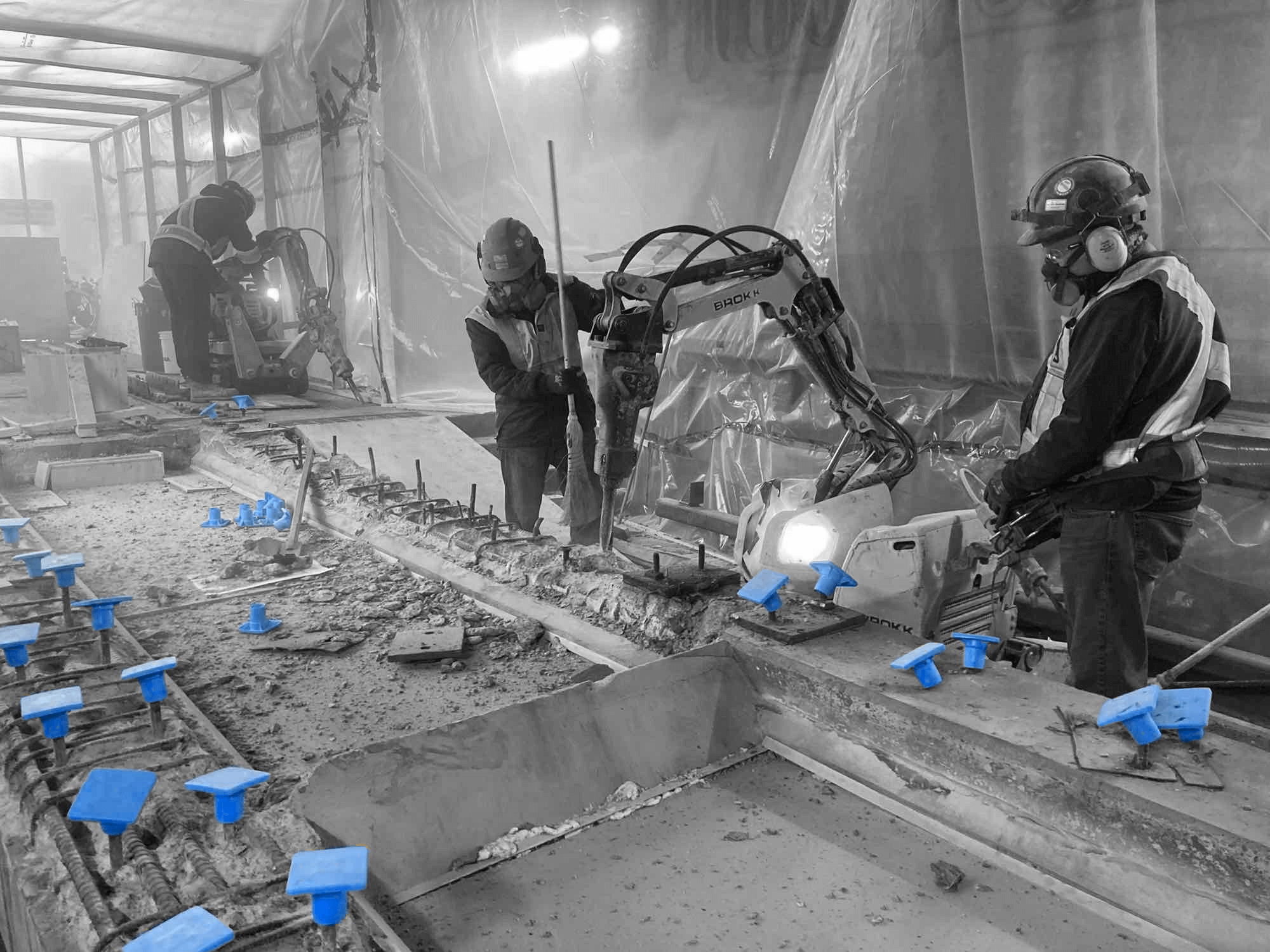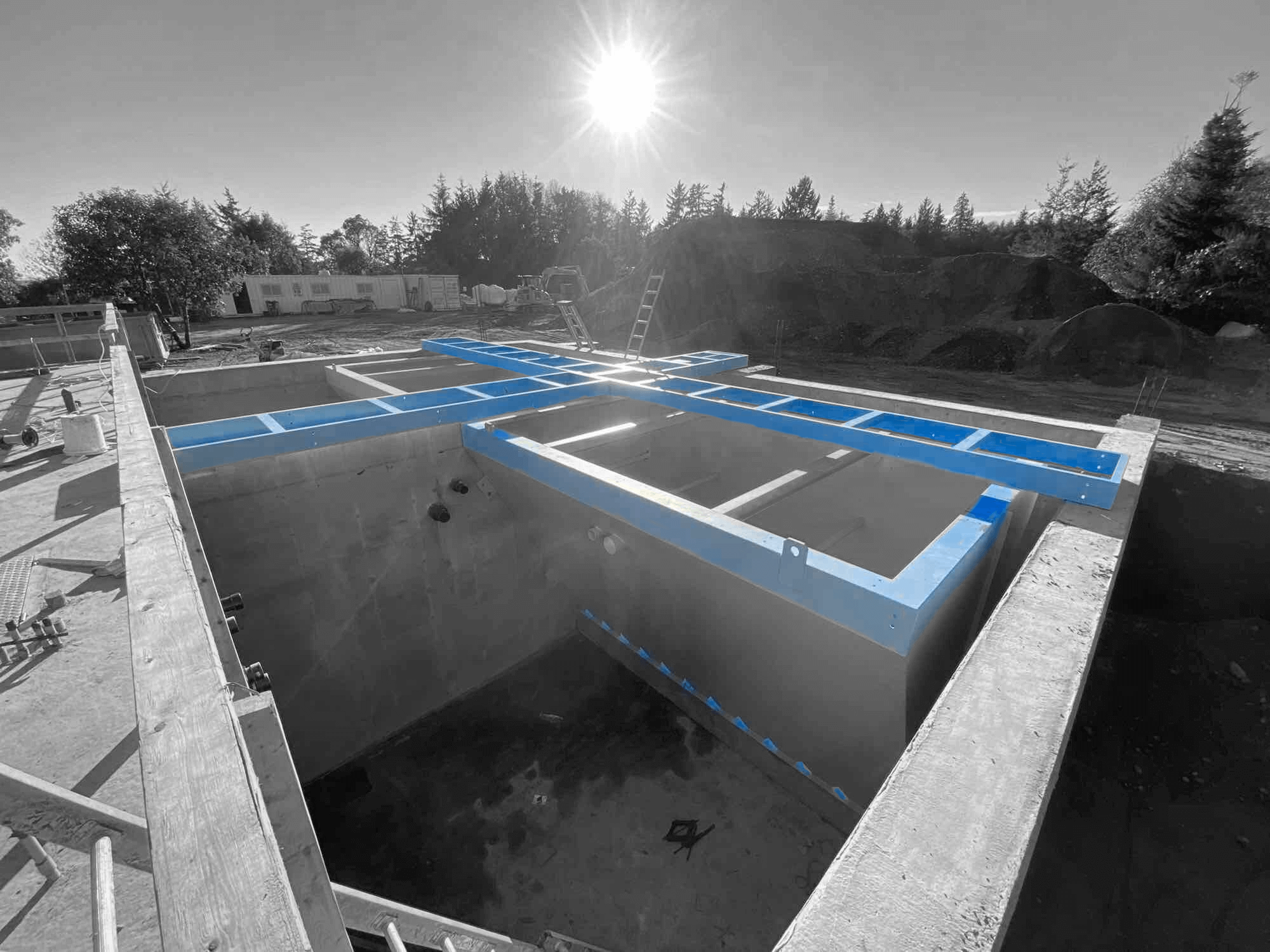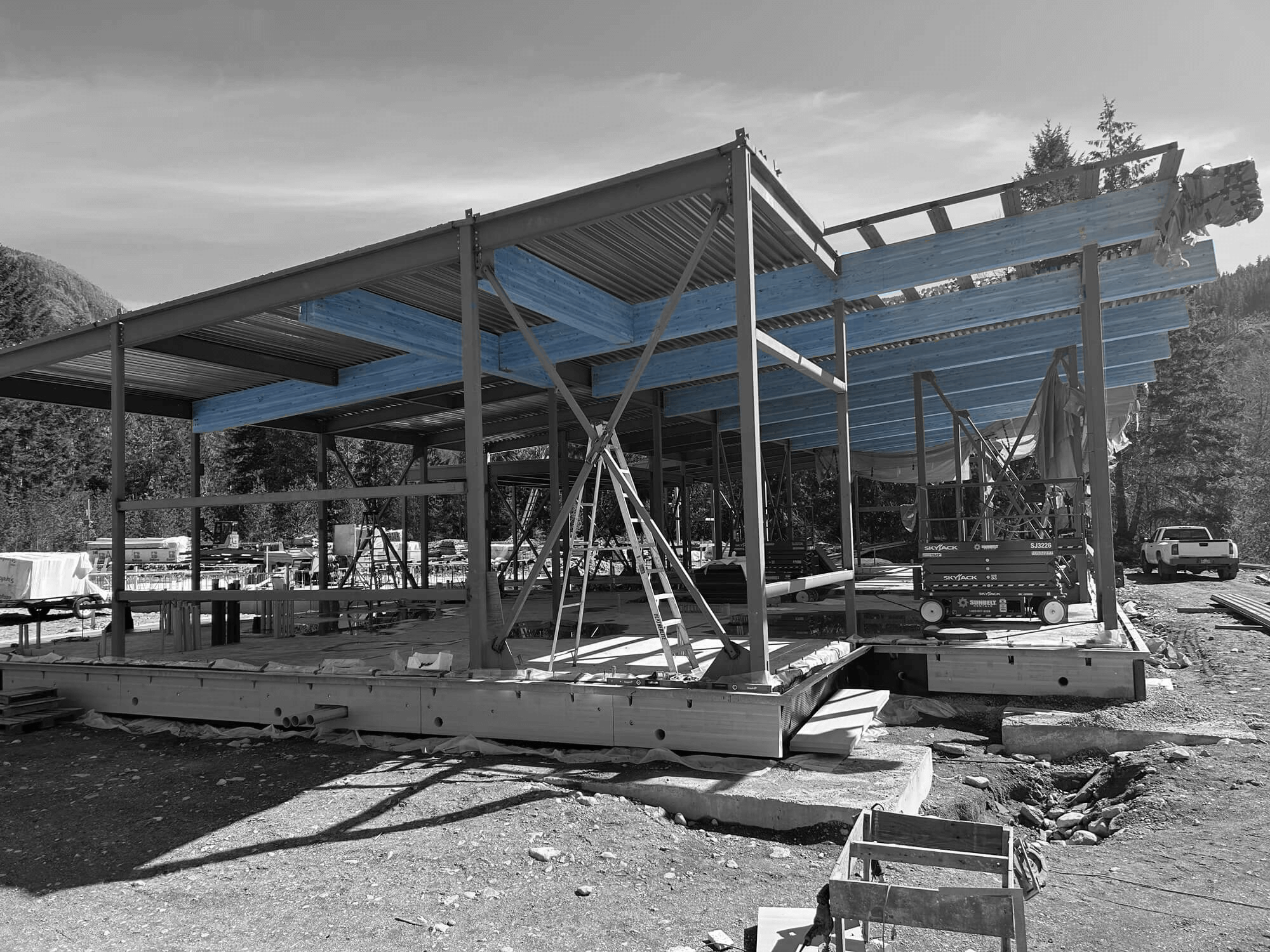Building strong bridges is essential for creating reliable infrastructure. The EPC design-build approach offers a comprehensive solution by integrating engineering, procurement, and construction phases. This method streamlines processes, making construction projects more efficient from start to finish.
Using the EPC design-build system allows for innovative designs that can easily be applied to bridge construction. This flexibility helps meet modern demands for durable and aesthetically pleasing structures. By utilising EPC design-build strategies, engineers and construction teams can deliver stronger and more enduring bridges.
Moreover, the EPC design-build approach places a strong emphasis on sustainability and safety. By incorporating eco-friendly practices into every stage of the project, it helps reduce environmental impact while ensuring long-term performance. With these benefits, the EPC design-build method stands out as a leading choice for building robust and sustainable bridges.
Benefits of EPC Design-Build for Bridge Construction
The EPC design-build method combines engineering, procurement, and construction phases into a singular process, enhancing efficiency from start to finish. This integration allows for seamless communication and collaboration among teams, reducing the likelihood of miscommunication or delays that can occur when these phases are separate. By having one overarching plan and a dedicated team managing the entire project, resources are utilized effectively, leading to more consistent results.
One of the standout benefits of using the EPC design-build approach for bridges is the substantial time and cost savings. With fewer handovers between different parties and a unified workflow, project timelines can be significantly reduced. This expedites the construction process, allowing for quicker bridge deployment. In terms of cost, the streamlined nature of this method often leads to reduced overheads and less administrative burden. The EPC team, having a comprehensive understanding of the entire scope, can optimize procurement and logistics, contributing to further financial savings.
Ultimately, by minimizing disruptions and maintaining a constant flow of operations, EPC design-build ensures that bridge projects remain on schedule and within budget. This reliability makes it an attractive option for municipalities and developers looking to enhance infrastructure without sacrificing quality or efficiency.
Innovative Design Solutions
The EPC design-build system opens doors to innovative design solutions that can strengthen bridge construction. This approach fosters creativity by allowing engineers and designers to collaborate closely from the outset. The collaborative environment supports the development of unique designs tailored to specific project requirements, enhancing both the functionality and durability of the bridges.
With EPC, engineers can explore a variety of creative options, such as incorporating advanced materials like high-performance concrete or using modular construction techniques. These innovations not only improve the structural integrity of bridges but also extend their lifespan, making them safer and more resilient to environmental factors.
For example, integrating curved or geometric designs can provide additional strength to the bridge structure while also offering aesthetic appeal. Such designs also improve load distribution, reducing stress on any single point and preventing potential weaknesses.
Overall, by leveraging the strengths of diverse design solutions, the EPC design-build method contributes significantly to the creation of stronger bridges. The ability to adapt and implement cutting-edge ideas not only ensures that projects meet current standards but also that they stand the test of time, providing lasting benefits to communities.
Enhancing Construction Quality and Safety
EPC design-build projects emphasize strict quality control measures that ensure every aspect of bridge construction meets high standards. The integrated nature of EPC allows for thorough oversight during the entire process, from design to final construction. This control helps detect potential issues early and implement solutions effectively.
An important part of the EPC approach is the use of advanced technology for monitoring and quality assurance. Techniques such as 3D modeling and simulation support detailed assessments of structural integrity before the physical construction begins. By addressing any design flaws in the virtual stage, the likelihood of errors during actual construction is greatly reduced.
In terms of safety, the EPC model prioritizes creating a safe working environment. Detailed planning and coordination contribute to minimizing hazards on site. Furthermore, the EPC team’s extensive knowledge of all project aspects ensures that safety standards are maintained not just during construction, but also in the long-term performance of the bridge. Maintenance plans are often built into the project, ensuring long-term safety and functionality.
Sustainability and Environmental Considerations
The EPC design-build approach incorporates sustainable practices throughout the bridge construction process, aligning with global efforts to minimize environmental impact. By integrating environmentally friendly methods, the EPC framework helps reduce carbon footprints and promote resource efficiency.
Sustainability measures include using durable materials that require less frequent replacement and considering design elements that enhance energy efficiency. Implementing resource-efficient techniques like recycling materials or sourcing locally can significantly cut transportation emissions and waste. Additionally, EPC methods often explore innovative solutions such as green infrastructure, enabling bridges to blend seamlessly with natural landscapes while contributing to biodiversity.
Environmental benefits extend beyond construction. By creating bridges that are resilient and have a reduced environmental footprint, EPC projects contribute to improved ecosystem health. These projects typically analyze the environmental impact beforehand, allowing teams to adapt designs to minimize disruption to surrounding habitats.
Conclusion
EPC design-build approaches provide exceptional advancements in bridge construction, offering efficiencies that impact time, cost, quality, and sustainability. By integrating all project phases seamlessly, EPC ensures cohesive and well-coordinated work, leading to stronger bridges that serve communities effectively. The innovative design solutions pave the way for infrastructure that stands the test of time while adapting to modern requirements.
Incorporating rigorous quality control and safety measures ensures that bridges are safe for users and require minimal interventions in the future. Additionally, the emphasis on sustainability reflects a commitment to environmentally responsible construction that benefits both urban and natural landscapes. Choosing EPC design-build is a forward-thinking move that balances engineering excellence with environmental stewardship.
As you look to improve infrastructure, consider the immense benefits of the EPC design-build method with Industra Construction Corp. Our expert team is ready to assist you in pursuing innovative and sustainable solutions for your next bridge project. Reach out to us to learn how we can help transform your vision into a reality.


